Heritage Mission has Come of Age
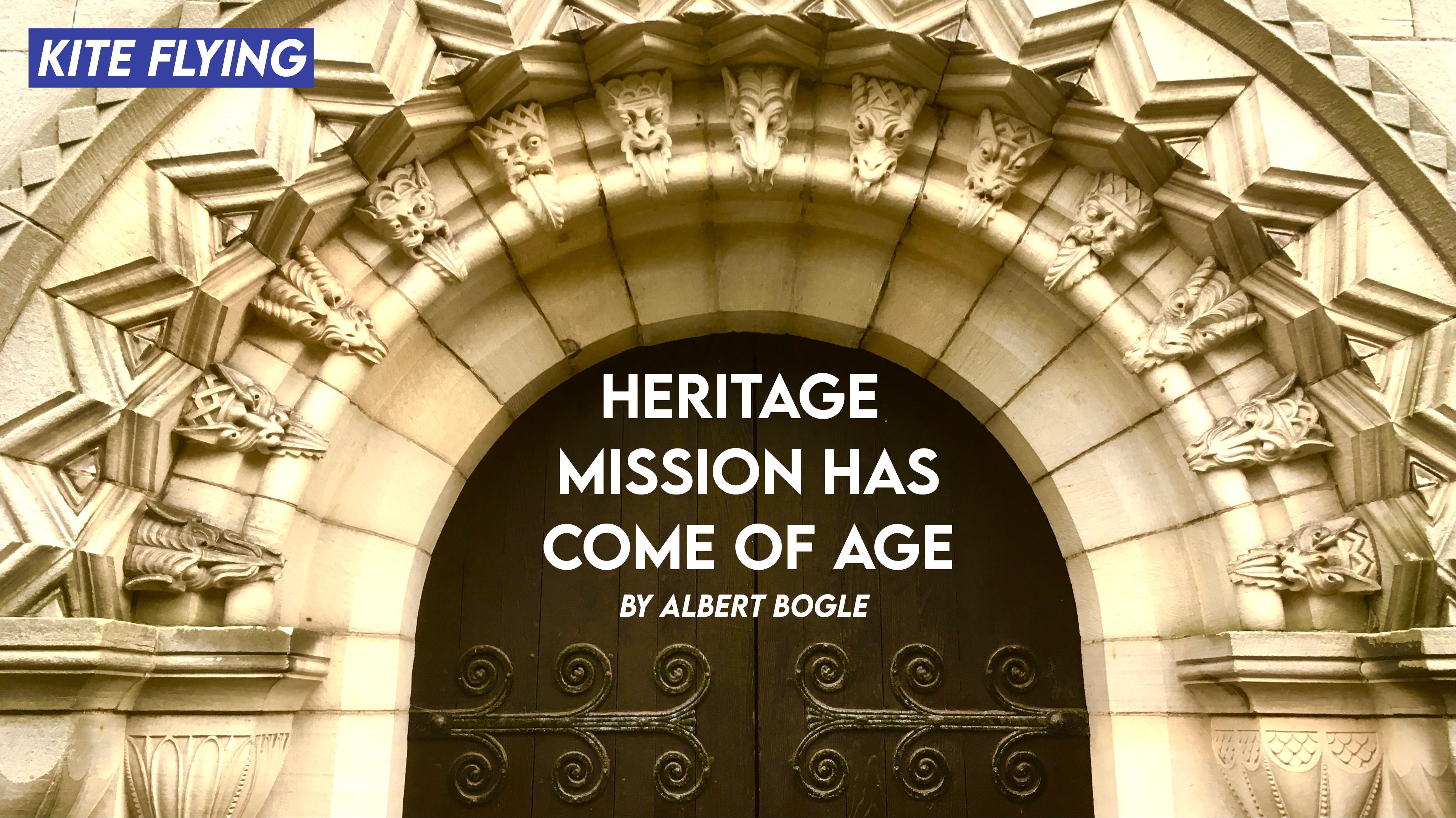
This is the first in a new regular series of blog posts under the heading 'Kite Flying' where we fly various kites — making a light framework of a few ideas and then throwing it in to sky to see what catches the current. Join us as we mull, wonder and daydream…
The church must never be in the business of preservation. We cannot be spectators of the past, disconnected from the functions of that which we are trying to preserve. Instead we have to understand that we are called to conservation: to be custodians of the past in order to conserve that which is still valid and valuable. Understanding and defining the term ‘Heritage Mission’ will be a valuable exercise, allowing us to walk in the shoes and buildings of past generations. Not simply to applaud their ingenuity and artistic creativity but to join with them in their exploration of beauty, faith and worship and continue the journey they started. To talk of preservation is static — to talk of conservation is to include movement and development.
Scotland has an amazing heritage that the Christian church can use as a mission statement speaking out prophetically and acknowledging when in the past we have got things wrong, but also conserving and celebrating the heritage of faith that is inspiring us to be more compassionate, radical, generous and godly.
The unique relationship between church and state given to the Church of Scotland by Parliament need not be seen as an outdated ‘Preservation Society’, wearing past generation’s clothes, but rather a forward looking prophetic community conserving all that is best from the past and embracing all that the Spirit is doing in the present. Thus creating a relevant heritage that continues to leave a legacy to speak to future generations
In this post I want to explore two particular aspects of ‘spiritual conservation’ which I will call ‘Heritage Mission’. I believe recasting our understanding of mission to include: nature, ecology, architecture, the arts and technology will be essential for the church in the immediate years that lie ahead as we recover from COVID-19. If the church embraced Heritage Mission I believe it could be used to help many on the fringes of faith discover the presence of the living God walking with them in their journey of faith exploration. There are of course many more areas that could be and should be explored under this title.
Research has shown a growing interest in heritage trails and heritage history and also personal heritage. Recent research into behaviours towards faith reveal that a growing number of people could be described as belonging to the ‘invisible church’. This group of people have either left or never been involved with organised religion but they maintain a sincere respect for the teachings of the Christian faith which they see as part of their heritage. The challenge for Heritage Mission is to convert people of sincere faith conservation into conversations that lead beyond idealism to living encounters with the risen Christ.
In other words, people are no longer looking to science to give them proof of God or meaning in their lives; they are looking to the arts and to the beauty and wonder of nature to inspire them and give them purpose for living — often when living through the difficult and disappointing experiences of their lives. It is here in this place that the inherited models of church and mission need to engage in a more radical understanding of what it means when Jesus spoke of the day coming when women and men would not look to preserve a tradition of worship in one place but come to understand the meaning of ‘worshipping God in Spirit and in truth’.
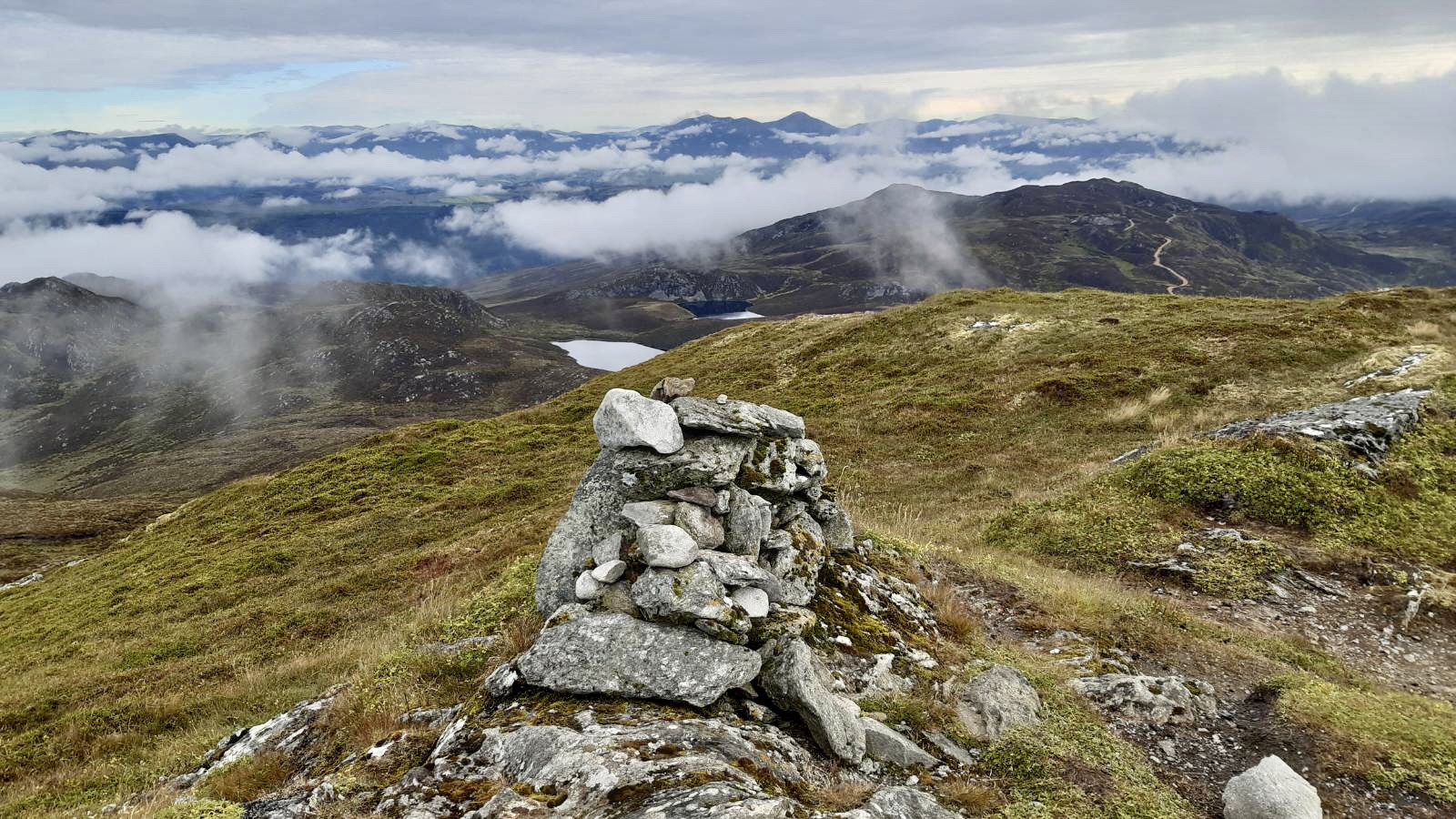 There is a great deal of theology, worship and faith-awakening that can be experienced through the inspiration of heritage: engaging with nature, ecology and the arts and architecture. Discovering a sacred space is to encounter for many a secret place of prayer.
There is a great deal of theology, worship and faith-awakening that can be experienced through the inspiration of heritage: engaging with nature, ecology and the arts and architecture. Discovering a sacred space is to encounter for many a secret place of prayer.
It was during one of my visits as Moderator to a hospital in Dumfries and Galloway that I came across a group of ramblers meeting in the hospital foyer. It turned out they were a group of patients living with cancer. They had come to understand that while they were still able to engage in physical exercise that rambling in the local countryside of Galloway was an additional contributing factor to their wellbeing.
Later that day I visited a beautiful little country church that was opened especially for my visit. It was then that I put the two experiences together. I thought of the importance and value of prayer at a time of illness. What if we could open more of our little country churches especially those in accessible routes to be available to engage with these ramblers. What if local Heritage Mission could inspire volunteer ministry to offer a welcome, a cup of tea and a scone and above all a short service of healing. This service would draw upon the ancient custom of Christian healing through the anointing with oil, perhaps introducing the traveller — the pilgrim — the patient, to one of the healing liturgies from the Iona Community. Those who would like to participate could do so while others continued to be touched by the atmosphere of a candle lit country church.
Could this not bring these buildings back into use and be the welcome ‘wells of healing’ opening up new possibilities of partnerships with architects, artists, and medical staff creating a link through the ages with those who built these buildings; conserving their purpose, rather than simply preserving their structures with no current purpose. There is much more that could be added to this aspect of heritage mission. The rise of new pilgrim routes and the creation of bothies, huts and howffs especially designed to fit into churchyards on these routes could once again offer rich engagements with faith for pilgrims and walkers and creative artisans. Areas like Royal Deeside, the Trossachs National Park, and Argyll and many more areas all lend themselves to exposing a form of Heritage Mission.
The second area for Heritage Mission I’d like to consider is the story of Christian Heritage throughout Scotland. There are literally so many places from St Andrews, a well known tourist destination, to the lesser known Whithorn waiting to be developed to remind the nation that Saint Ninian first came to these shores before Columba. Abercorn Church at Hopetoun House is another undiscovered treasure. Finding ways to link rural life with faith and pilgrimage and a deep interest in history is another aspect of heritage mission.
Moving from a rural scene to the urban brings Edinburgh Castle into view. Edinburgh Castle is the largest visitor attraction in Scotland reaching out to over 2.2 million visitors in 2019. What makes Edinburgh Castle interesting is that the Church of Scotland’s General Assembly Halls are en-route o the castle. All of these visitors require to pass by our doors before they reach the castle. If the church had a relevant Heritage Mission Programme we could be reaching out to engage with many of these visitors.
Reconfiguring and conserving areas of the building we could create a living dynamic Heritage Centre retelling and re-enacting through plays and musical theatre and performances the stories relating to our Scottish heroes of the faith. Such a programme could draw upon actors, artists, writers and creatives to help facilitate a living encounter with history that speaks of heritage with hope for the world.
I’m convinced that there is an opportunity for a substantial fund to be developed that would encourage pioneering ministry in this area. Such a fund could also attract partnership funding from local health boards and local arts councils as well as government funds and financial institutions. In addition to this there are many high net-worth individuals in Scotland and the United States of America and Korea who would find such a fund an inspiring and creative challenge that would be seen to be an inclusive acceptable use of their investment in a charitable enterprise that promotes Scotland and her faith heritage. If some of these ideas interest you, I’d love to hear from you. You can reach me at contact@sanctuaryfirst.org.uk
Very Rev Albert Bogle




 Add to Favourites
Add to Favourites



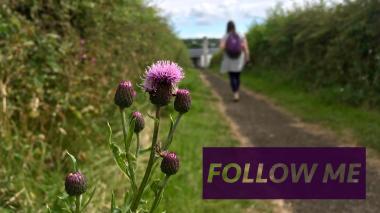

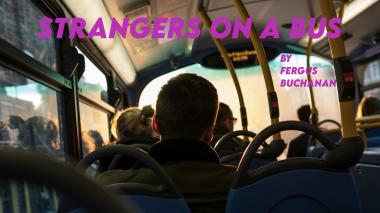
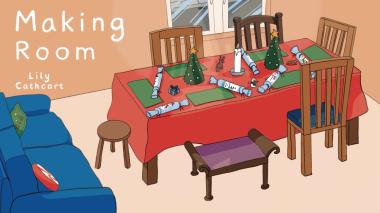
Login to comment.